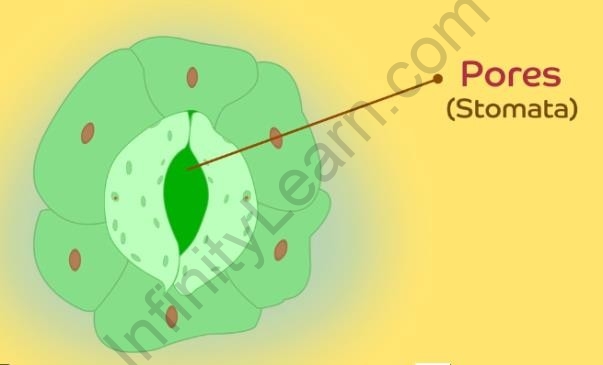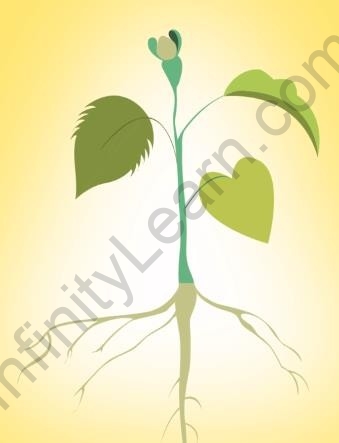Table of Contents
Table of Contents
- Epidermis
- Epidermis Structure
- Epidermis Function
- Meristem
- Summary
- Did You Know?
- What’s Next?
In the previous segment, we learned about the Simple permanent tissue and its types. In this segment, we shall learn about the concept of Epidermis as a plant tissue.
What is Epidermis?
It is a protective covering for the plants. Epidermis (Epi = above and derma = layer) is a single layer of cells, covering almost the entire plant body.
What is the structure of epidermis?
The cells of the epidermal layer are very flat and possess a comparatively thicker outer cell wall. As the epidermis forms a protective layer, there are no intercellular spaces in its structure.
However, it does have openings known as stomata.
What is Stomata?
Stomata are the spots where the epidermal cells form openings. These openings are guarded by the kidney-shaped guard cells.
These cells guide and regulate the exchange of gases and water vapour from the stomata.

Stomata
What is the function of epidermis?
All plants do not have the same structure and same type of epidermal layer. This is because the function of the epidermis depends upon the habitat of the plant and its needs.
Let us look at this in detail.
Dry habitat plants
Plants growing in a dry habitat need more water. So the epidermis of these plants forms a thicker layer to prevent excessive water loss.
Plants growing in deserts have a thick, waxy chemical, called ‘cutin’, in their epidermal cells that
prevent water loss to the maximum.

Plant in a dry habitat
Terrestrial plants
In terrestrial plants, the aerial parts have epidermal cells which are specialised in waxy secretions. These secretions protect plants from
- Parasitic infections
- Mechanical injuries
 Excessive water loss during high temperatures
Excessive water loss during high temperatures
Terrestrial plant






 Excessive water loss during high temperatures
Excessive water loss during high temperatures